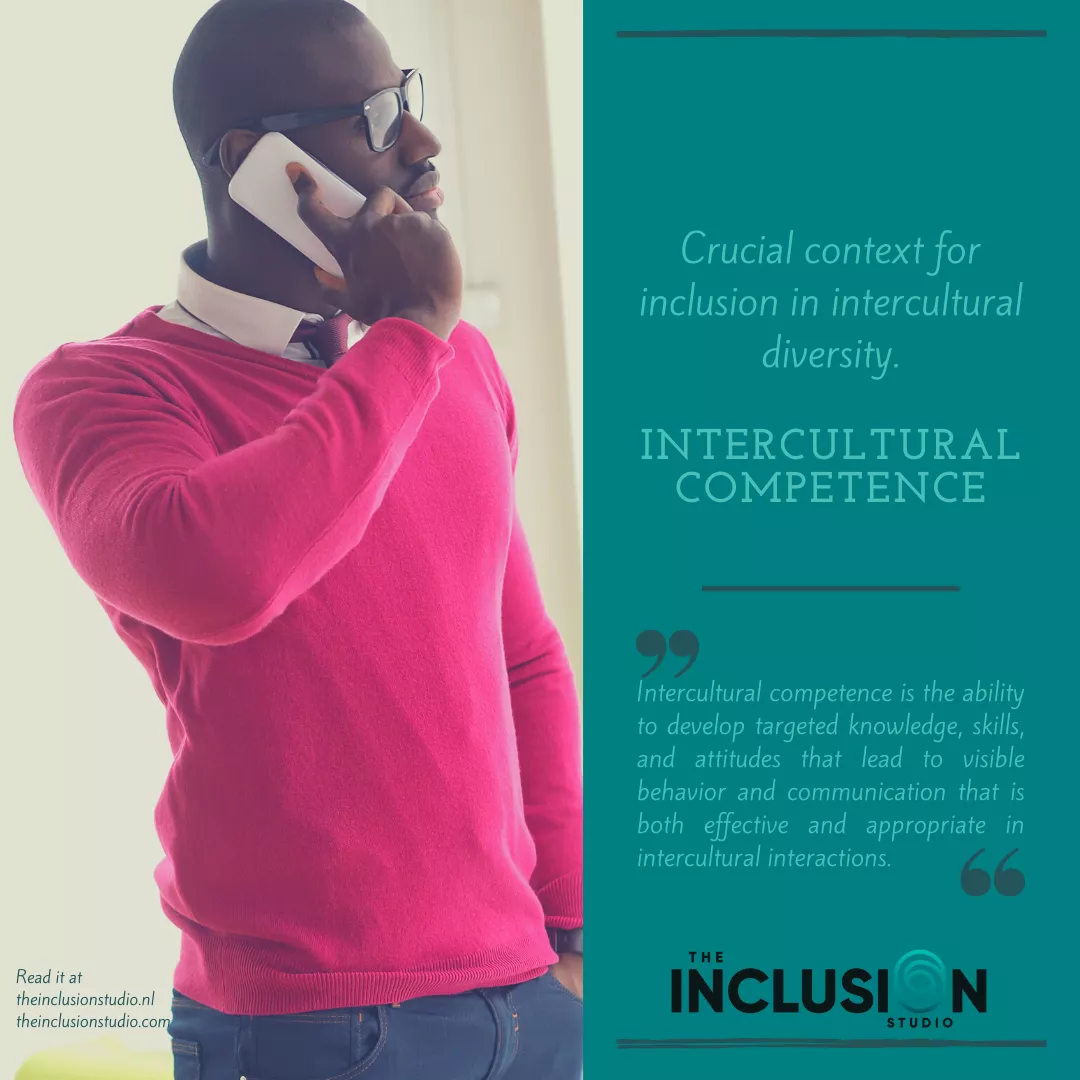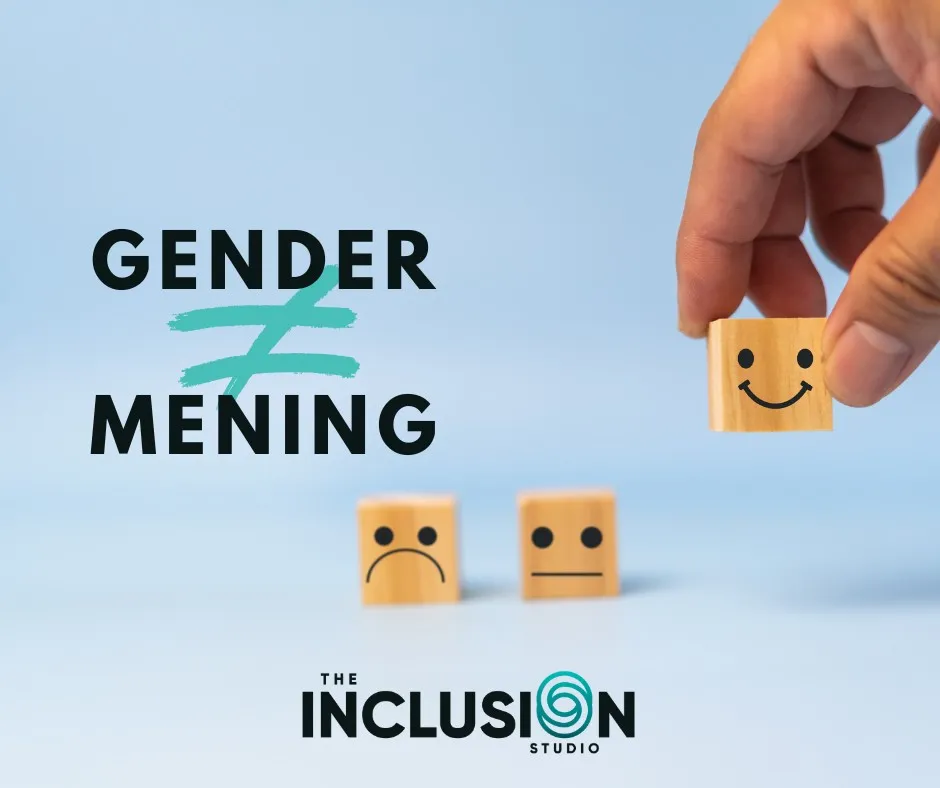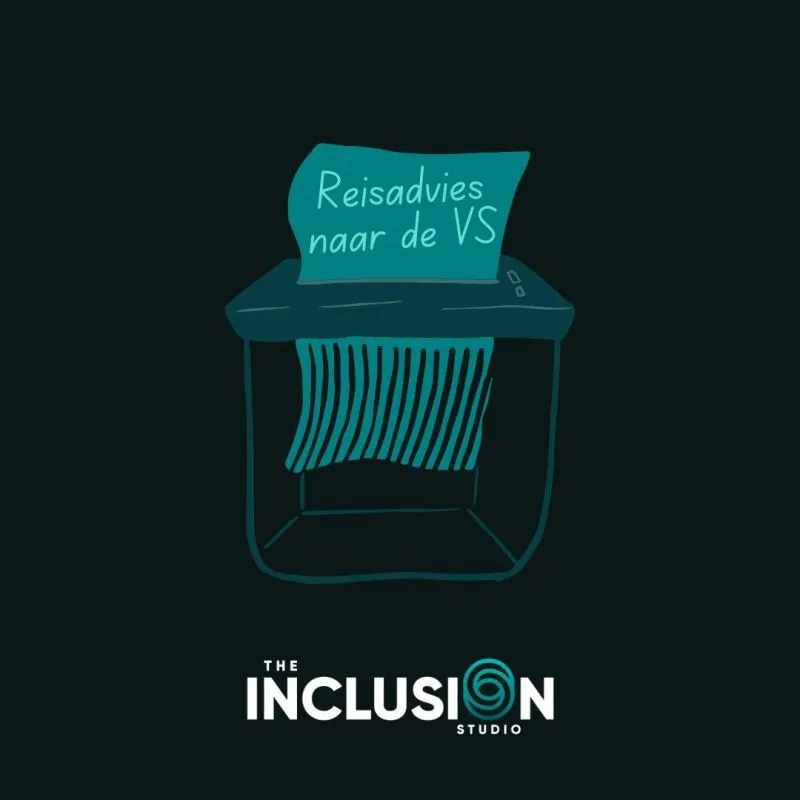
Intercultural Competence: Crucial context for inclusion in intercultural diversity
The acceleration of the phenomenon of “globalization” has made it possible for international organizations to increasingly invest in global teams with members from different countries and different ethnic groups, thus finding greater diversity in the workforce.
According to a report published by LinkedIn in 2020, almost 77% of HR professionals report that in the future of hiring, diversity will be a crucial factor.
Although this scenario, at first sight, proves to be advantageous for both the organization and the workers, it is necessary to have organizational and individual preparation to welcome and manage such diversity. It’s no longer an option to work on diversity, and the only route for organizations is to be more inclusive. The absence of inclusion in a diverse workforce often leads to polarization.
Dr. Darla K. Deardorff, an Executive Director of the Association of International Education Administrators, a leadership organization, defined Intercultural Competence in an article published in 2006 as;
“Intercultural competence is the ability to develop targeted knowledge, skills, and attitudes that lead to visible behavior and communication that is both effective and appropriate in intercultural interactions.”
According to her, constituent elements of intercultural competence are (1) Knowledge, (2) Skills, and (3) Attitudes.

Patrick T.H.M. Janssen in his book “Intercultural Competence” provides a great understanding of cultural differences, and various models for understanding and framing culture.
Part of the problems faced by these organizations is due to the conflicts caused by different languages and cultures. Diversity is not only characterized by visible and easily manageable signs but by complex and subjective societal practices of meaning, built in the interaction.
The greater the linguistic-cultural distance between the members of a sector of an institution, the greater the need to seek mechanisms for its management.
At first glance, differences in body language, value judgments, behaviors, and approaches to different issues stand out. These fine distinctions, which have a very important place in interpersonal relations, play a big role in successful communication. Correctly interpreting different body languages and accents in speech is one of the keys to success.
For example, many Muslim women wear a Hijab as part of their religious commitment. Dress code restrictions on headwear can infringe on their right to religious expression in most circumstances, having a negative impact on both the organizational culture and the employee.
This while allowing individuals to exercise their religious expressions can help an organization to be more inclusive and impact the culture of the organization positively.
Intercultural differences naturally affect communication. This situation also manifests itself in commercial relations. For example, Japanese businessmen express their dissatisfaction with faulty services so diligently that these criticisms are hardly noticed by Germans, who are constantly faced with objective and constructive criticism.
If the feedback is not taken seriously and lost in translation, it may lead to damage or even termination of the relationship.
The ability to approach intercultural differences and to communicate despite these differences is called ‘Intercultural Competence’. Respect, tolerance, understanding value judgments and empathy are of great importance in this regard. An important function of intercultural competence in business for example is to be able to communicate effectively with foreign partners, thus facilitating successful commercial relations.
This workforce diversity can become a major strategic advantage when managed well, benefiting both organizational and individual effectiveness. Developing cultural competence – the ability to work effectively with others from changing cultural backgrounds – will help you transcend these interpretations and accomplish your goals with fewer barriers.
According to Research conducted by Cross, Bezron, Dennis, and Isaacs, Cultural competence is a complex framework, and there is a tendency for organizations to want a quick fix, a textbook solution, or a how-to step by step approach. Due to the complexity, there is no simple solution to achieving intercultural competence.
Organizations that exhibit intercultural competence demonstrate respect and acceptance of cultural differences and:
- establish a mission statement that outlines principles, rationales, and values for cultural and linguistic competence in all aspects of the organization;
- ensure that each core function of the organization incorporates cultural and linguistic competence;
- evidence-based and promising practices that are culturally and linguistically appropriate should be identified, utilized, and/or adapted;
- establish strategies and structures to ensure that consumers and communities are included in the planning, delivery, and evaluation of the organization’s core function;
- develop policies and procedures for recruiting, hiring, and retaining a culturally and linguistically diverse workforce;
- support the development of cultural and linguistic competence at the board, program, faculty, and staff levels through financial support, professional development, and incentives;
- provide individuals and organizations with the resources they need to assess their cultural and linguistic competence.
Cultural diversity exists in most global teams. People from different cultures have different perceptions, interpretations, and evaluations. In this way, the communication of needs and interests becomes more difficult, as is the understanding of their words and meanings, as we tend to have an ethnocentric* view of situations and create invisible barriers, such as difficulty to communicate. The organization that has a consistent diversity management program attracts and retains the best talent.
*ethnocentrism: the tendency to disapprove of foreign cultures; also the resulting feeling of one’s own superiority.
Professionals at The Inclusion Studio helps organizations in creating programs to manage diversity and inclusion and build intercultural competencies. Participants in these programs learn to value individual differences, confront stereotypes, and increase their multicultural understanding through role-play exercises, discussions, and group experiences.
When cultural diversity is not properly managed, there is the possibility of increased turnover, greater communication difficulties, and more interpersonal conflicts.
Do you want to stay informed about everything related to inclusion and diversity? Subscribe to the newsletter via this link
Danny Sanders & team The Inclusion Studio





